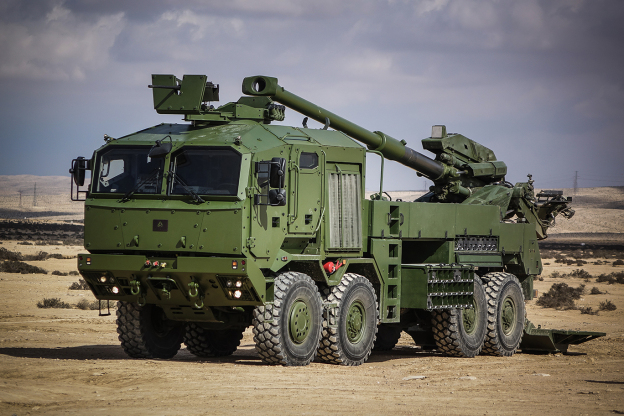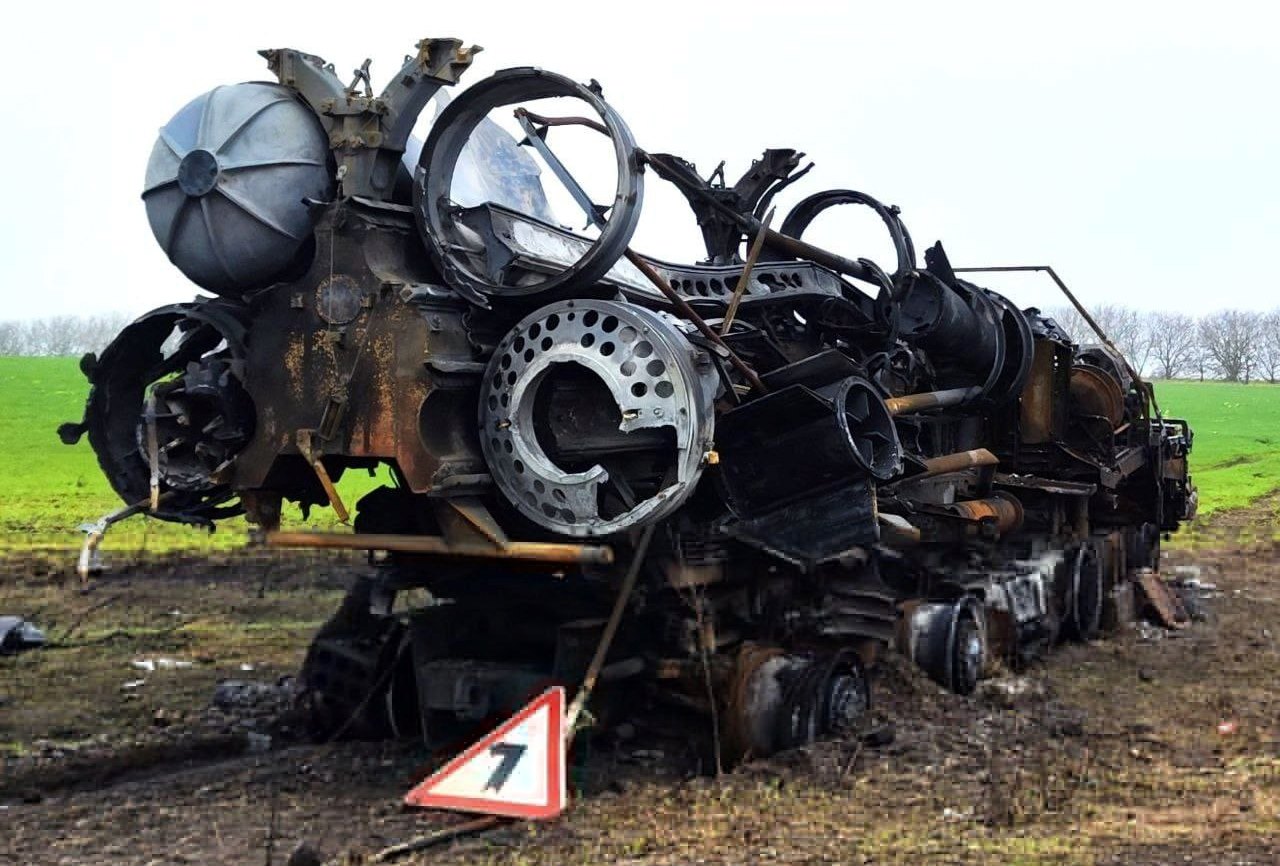French artillery engineers came up with a straightforward yet effective concept: mount a powerful gun on a truck to create cost-efficient, self-propelled artillery. This idea has proven highly effective on the Ukrainian battlefield, prompting Western militaries to reconsider their artillery strategies.
The ongoing conflict in Ukraine has underscored the importance of long-range artillery, a key focus at the Eurosatory defense show in Paris starting June 17. Charles Beaudouin, a retired French general and head of the event, emphasized the necessity for artillery mobility due to threats from drones and rapid counter-battery fire. He highlighted the KNDS France’s Caesar howitzer, mounted on a truck, as a prime example of this trend.
“The advantage of the wheeled cannon is its maximum efficiency,” Beaudouin told Defense News. “You lose nothing in terms of firepower, rate of fire, precision, or range, and you gain a nimble, stealthy vehicle.”
Beaudouin’s support for the Caesar is well-founded, as at least nine other countries, including the UK and Germany, have invested in self-propelled wheeled howitzers recently, influenced by the Ukrainian experience. Paul Daniels, a defense industry consultant, noted a growing focus on these systems due to their performance in Ukraine.
Modern battlefield threats like loitering munitions and precision-guided shells have highlighted the critical need for mobility, as demonstrated by the Israeli firm Elbit Systems’ Atmos howitzer. These systems can quickly move into position, fire multiple rounds, and relocate swiftly—a tactic known as “shoot and scoot.”
KNDS has reported increased interest in the Caesar, partly due to Russian soldiers’ reports of its effectiveness. The Caesar's agility allows it to evade Russian forces, making it particularly feared.
Drone surveillance in Ukraine has forced artillery crews to camouflage their positions or move immediately after firing to avoid retaliatory strikes. Gen. James Rainey of the U.S. Army Futures Command noted the future battlefield’s sensor saturation will make hiding nearly impossible. The U.S. Army is thus reconsidering its artillery modernization, looking at European wheeled howitzers for their range, mobility, and effectiveness.
Recent advancements in artillery technology have made wheeled systems like the Caesar and Atmos highly desirable. The U.S. Army tested these systems, along with others, for competitive evaluation in 2021, noting their longer range compared to current U.S. and Russian systems.
The demand for these systems has surged due to the immediate need highlighted by the conflict in Ukraine. European countries, among others, have turned to wheeled artillery for their mobility and survivability advantages. Eurosatory will showcase several of these systems, including the new Caesar MkII and various other models.
Truck-mounted artillery has gained global popularity, with countries like Turkey and China developing their own versions. Recent purchases by Belgium, Brazil, the UK, and Germany further underscore the trend towards wheeled systems.
The cost benefits of wheeled over tracked artillery are significant, with lower purchase, operation, and maintenance costs. Wheeled systems also offer greater mobility due to their lighter weight, enhancing their tactical advantages on the battlefield.
The Ukrainian conflict has demonstrated the effectiveness of wheeled artillery in a high-intensity war, with the Caesar and other similar systems proving their worth against traditional tracked artillery. This shift in military strategy highlights the evolving nature of modern warfare and the increasing importance of mobility and rapid response in artillery operations.
:quality(70)/cloudfront-us-east-1.images.arcpublishing.com/archetype/RD27T4ZMX5EGJFZXTDK3XNL4AY.jpg)
:quality(70)/cloudfront-us-east-1.images.arcpublishing.com/archetype/ZIDZWGSKMRFBJM5X2IEVVU2FDU.jpg)




:quality(70)/cloudfront-us-east-1.images.arcpublishing.com/archetype/6NMORPGQGRE33DQZTZ2FHSMAZU.jpg)